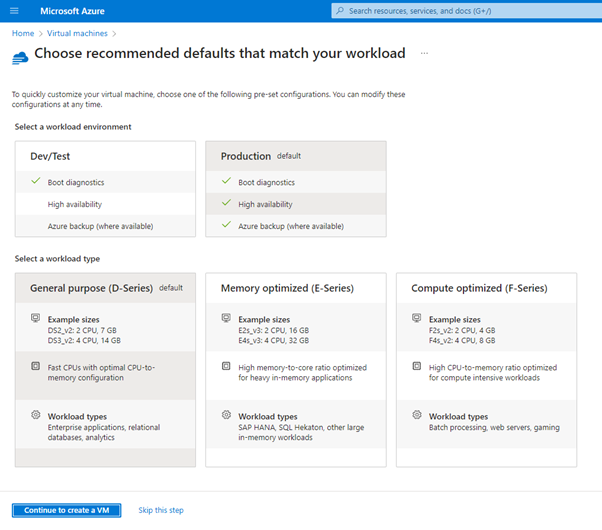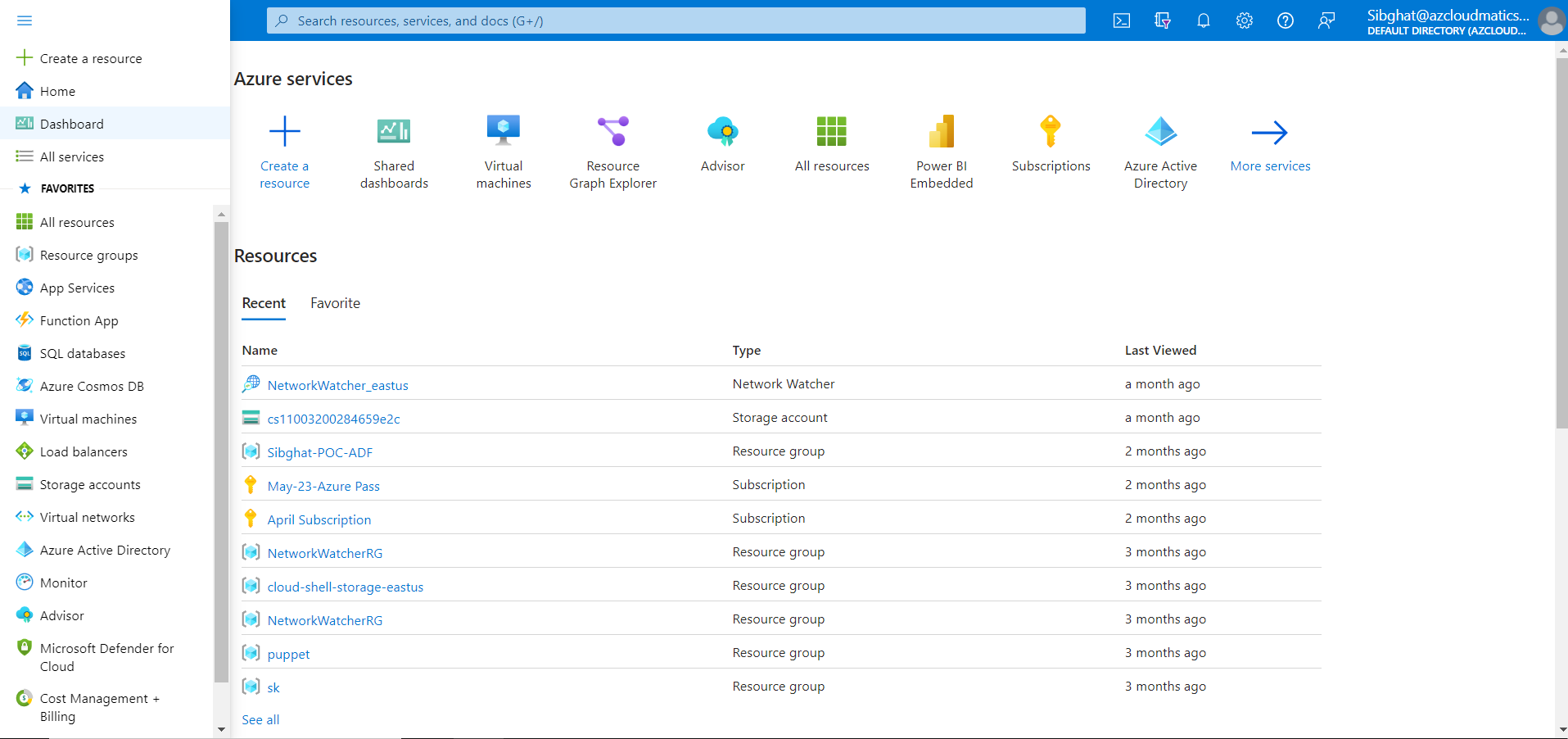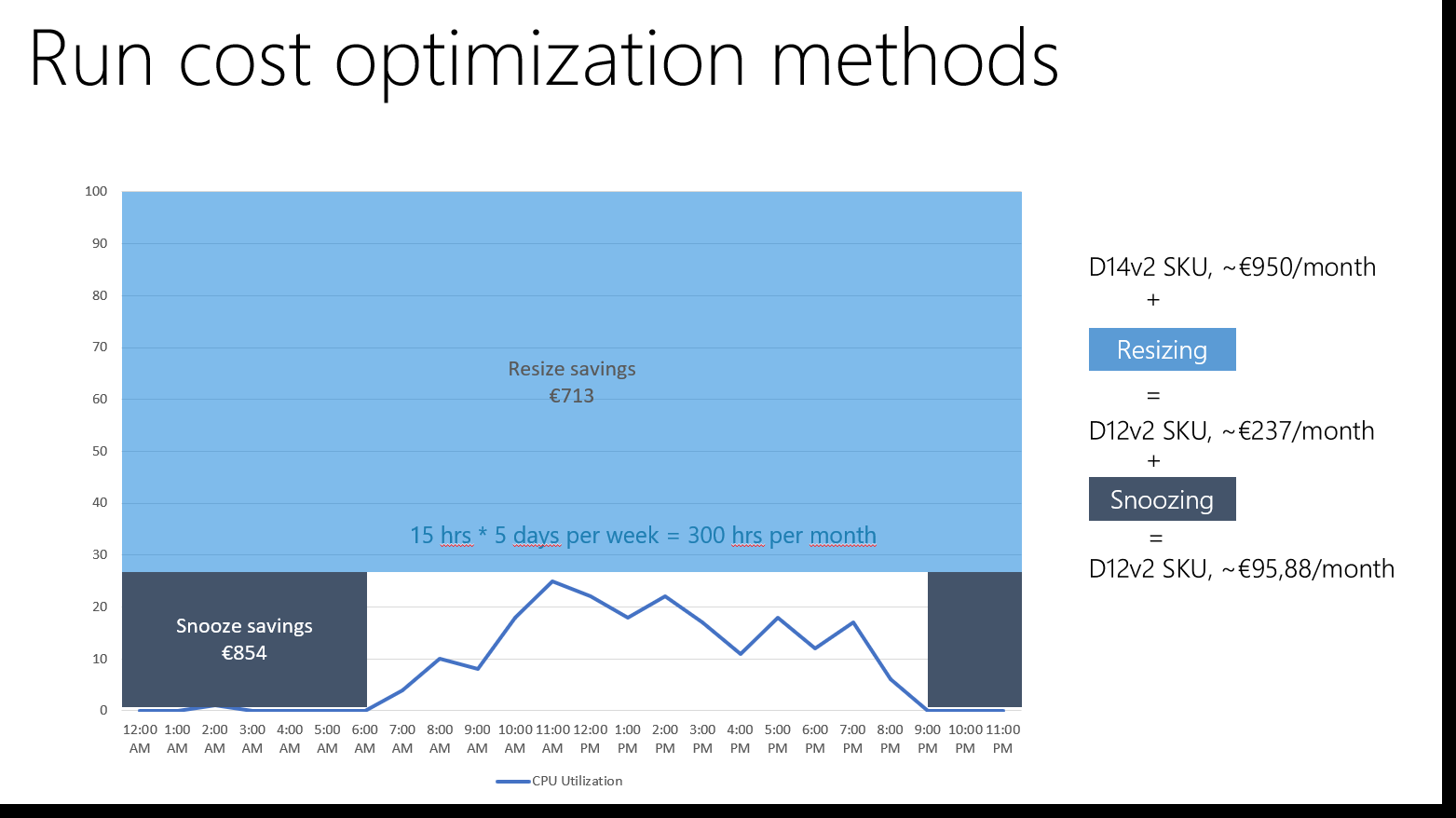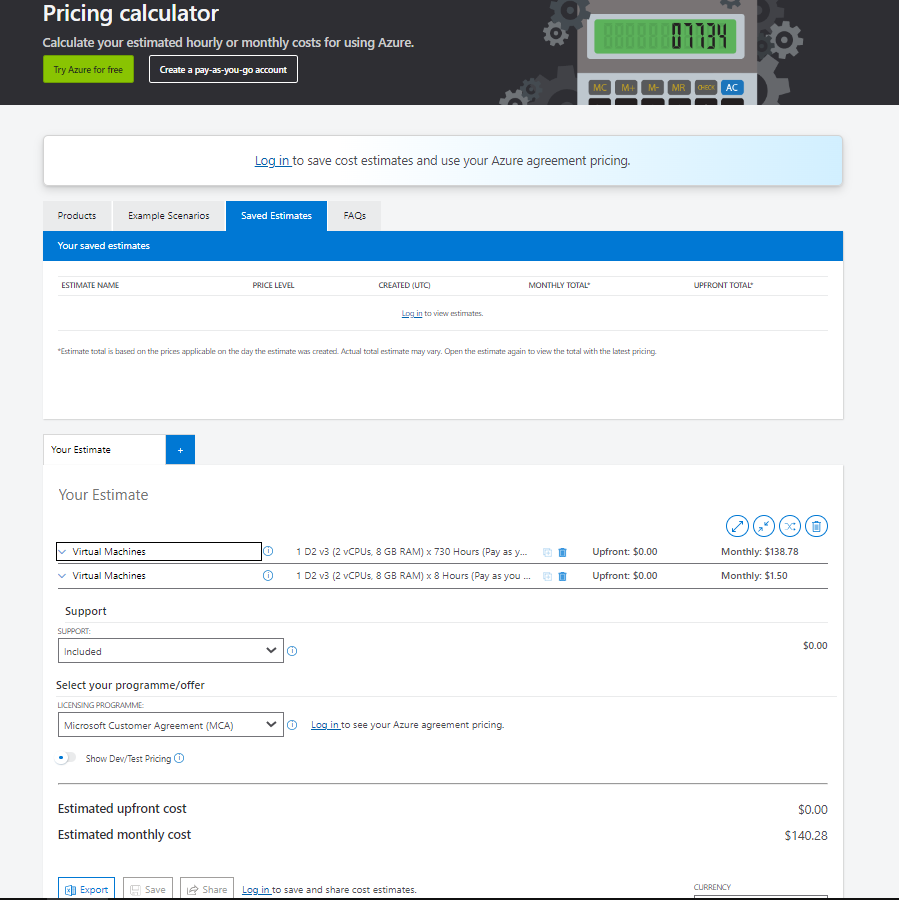What are the benefits of using Virtual Machines in Azure?
#microsoft 365, #microsoft azure
With a virtual machine, you have the flexibility to define and allocate hardware resources to meet the specific needs of your workload. Some of the key hardware parameters you can control include CPU, Memory, Storage Disk, and Networking.
What is a Virtual Machine (VM) in Azure?
A virtual machine (VM) is a virtual computer or server allowing you to create and run multiple independent operating systems and applications on a single physical machine. The Compute power is derived from larger computers/servers that are housed together in a dedicated facility known as a data center. These data centers encompass all the essential infrastructure components, including networking, electricity, cooling, and more. Major corporations like Microsoft, Amazon, and Google have established data centers worldwide and chosen to offer "rental" access to their compute power through their respective platforms such as Microsoft Azure, Amazon AWS, and Google GCP. Beyond sharing computational resources, these platforms also provide extensive services and resources, including IoT, AI, ML, and more.

What are the advantages of Azure VMs?
Cost Reduction. VMs eliminate the need to purchase new physical servers for running different operating systems or configurations. Multiple VMs can be created on a single server, allowing for resource sharing, and maximizing the utilization of available hardware.
Safe Testing Environment. VMs provide a secure environment for testing applications. By deploying and testing applications within a VM, any issues or failures are contained within the VM itself, ensuring that the underlying server and other VMs remain unaffected.
Isolation. VMs offer strong isolation between different applications or services. If a security breach or shutdown occurs within a VM, it only impacts that particular VM, minimizing the potential losses and protecting other VMs and the underlying infrastructure.
Quick Disaster Recovery. In the event of a VM failure, a new VM can be rapidly provisioned and deployed. This allows for quick recovery, reducing downtime and improving business continuity. Backing up and restoring VMs is generally faster and more efficient compared to traditional physical servers.
Scalability & Flexibility. VMs can be easily scaled to accommodate increasing demand or traffic. Through techniques like autoscaling, more VMs can be added dynamically when needed. Conversely, the number of VMs can be reduced during periods of low demand or traffic, optimizing resource allocation.

How can I get a VM in Azure?
If you are considering migrating your current on-premises servers to an Azure VM, you will require an Azure Subscription and a team of cloud engineers to assist with the process. This is where we can step in to offer our services and support your cloud migration endeavors. Feel free to explore our services and reach out to us to commence your cloud migration journey:
- SQL Server migration to Azure via VHD image
- Back up your Physical or Virtual Server or Client using Azure Backup
- SQL Server migration via replication to Azure VM to minimize downtime
- Windows Server Migration to Azure from a physical or virtual machine
- Securing your Azure environment and applications
- SQL Server DB migration to SQL Server in Azure VM (with server upgrade)
- SQL Server DB migration to SQL Server in Azure VM (without server upgrade
- Managed Backup and Backup-Restore
What are the common uses of VM in Azure Cloud?
VMs are used for various applications in real-world scenarios such as:
Development and Testing Environments. Developers can provision VMs with specific configurations, deploy applications, test new features, and perform debugging without affecting production systems.
Website Hosting. Azure VMs can host websites and web applications. You can deploy web servers and configure them to serve web content. Azure also offers services like Azure App Service and Azure Kubernetes Service (AKS) that provide more specialized environments for hosting web applications.
Data Analysis and Machine Learning. Azure VMs are used for data analysis, big data processing, and machine learning tasks. You can deploy VMs with specialized configurations, including GPU-enabled instances, to accelerate computations for data science workloads. Azure also offers services like Azure Machine Learning and Azure Databricks, which can be integrated with VMs to build and deploy machine learning models.
Business Applications. Azure VMs can host various business applications, including enterprise resource planning (ERP) systems, customer relationship management (CRM) software, and custom line-of-business applications. By using VMs, organizations can consolidate multiple applications into a single infrastructure, reduce hardware costs, and simplify management.
Disaster Recovery. Azure VMs are utilized for disaster recovery scenarios. By replicating VMs to a secondary Azure region, organizations can ensure business continuity in the event of a disaster. In case of a primary site failure, VMs can be quickly brought online in the secondary region, minimizing downtime and data loss.
Hybrid Cloud Scenarios. Azure VMs can be integrated with on-premises infrastructure to create hybrid cloud environments. By using Azure Virtual Network and VPN or ExpressRoute connections, organizations can extend their existing infrastructure to Azure, enabling seamless data transfer and workload migration.
These are just some of the examples of VM uses in Azure, we also provide services in Azure VM:
- SQL Server DB migration to Azure SQL Database. If you have a SQL Server database in your On-premises environment and you want to move to the cloud to get more flexibility and want to reduce cost.
- Web site or web app migration to Azure App Service. If your website or web application is experiencing crashes during high demand due to large traffic, and you don't have the budget to purchase more servers for your on-premises infrastructure, consider migrating to Azure VM or utilizing a PaaS solution offered by Azure.
How much does it cost to run an Azure VM?
If you are uncertain about whether moving to the cloud is a suitable decision for your organization or if it might be too costly, don't worry, we have a solution for you. You can explore the Microsoft TCO (Total Cost of Ownership) calculator to get an estimate of the potential costs of migrating to the cloud and how much you can save compared to maintaining an on-premises environment.
By using the TCO calculator, you can input relevant information about your current on-premises setup and compare it with the projected costs of running your infrastructure on Microsoft Azure or other cloud solutions. The tool considers various factors such as hardware, software, networking, maintenance, and more, to provide you with an insightful analysis of the potential cost benefits of moving to the cloud.

What are the Factors that affect the cost of VM in Azure?
VM size & Configuration. The amount of CPU, Memory, Storage disk etc. The high performing resources will have higher costs.
Regions. The location of your VM in Azure can affect your costs.
Operating system licensing costs. You can get benefits if you already have on-premises licenses which can be used while deploying a VM to the cloud.
Time. Using auto-shutdown for your virtual machine (VM) is a great practice, especially when you only require the VM during specific time periods. Auto-shutdown allows you to schedule a specific time for your VM to power off automatically. This helps you avoid unnecessary costs and ensures that the VM is only active when needed.
Subscription. The type of subscription which you use in Azure can potentially save you money. If your workloads are not continuous it’s better if you stick with pay as you go Plan. If you have continuous workloads which are going to run for a specific time like 1 year, or 3 years you can go for Reserved Instances in Azure to get discounts. Choosing between PAYG and Reserved Instances is all about finding the right balance between flexibility and cost savings. If your workloads are intermittent or variable, PAYG ensures that you only pay for resources when they are in use. On the other hand, if you have predictable, long-term workloads, RI can help you secure substantial discounts and optimize your budget.
Additional features. When deploying multiple virtual machines (VMs) in Azure, you'll likely require additional resources like Virtual Networks and Load Balancers to ensure proper network connectivity and load distribution. These additional components may result in additional costs, and it's essential to consider them when planning your infrastructure. For estimating the running costs of VMs or other Azure services, you can use the Microsoft Pricing Calculator. This tool allows you to input various configurations, such as VM size, storage type, region, and duration of usage, to get an accurate estimate of the associated costs.

Please, note, that Microsoft TCO (Total Cost of Ownership) calculator & Microsoft Pricing Calculator are two different tools. The TCO Calculator is used to evaluate the broader cost-saving benefits of cloud adoption, while the Pricing Calculator is utilized to calculate the running costs of individual Azure resources once you have already decided to use the cloud. Contact Us now if you have any questions and our IT experts will help you find the best solution for your business.
Share
2023-07-21